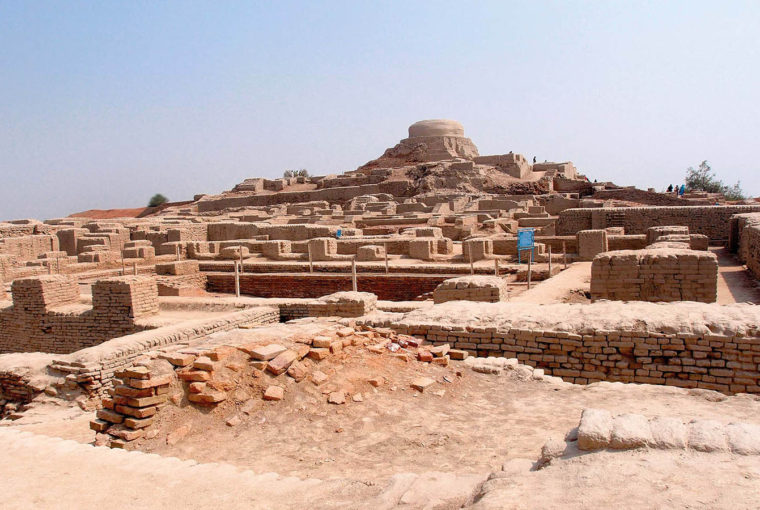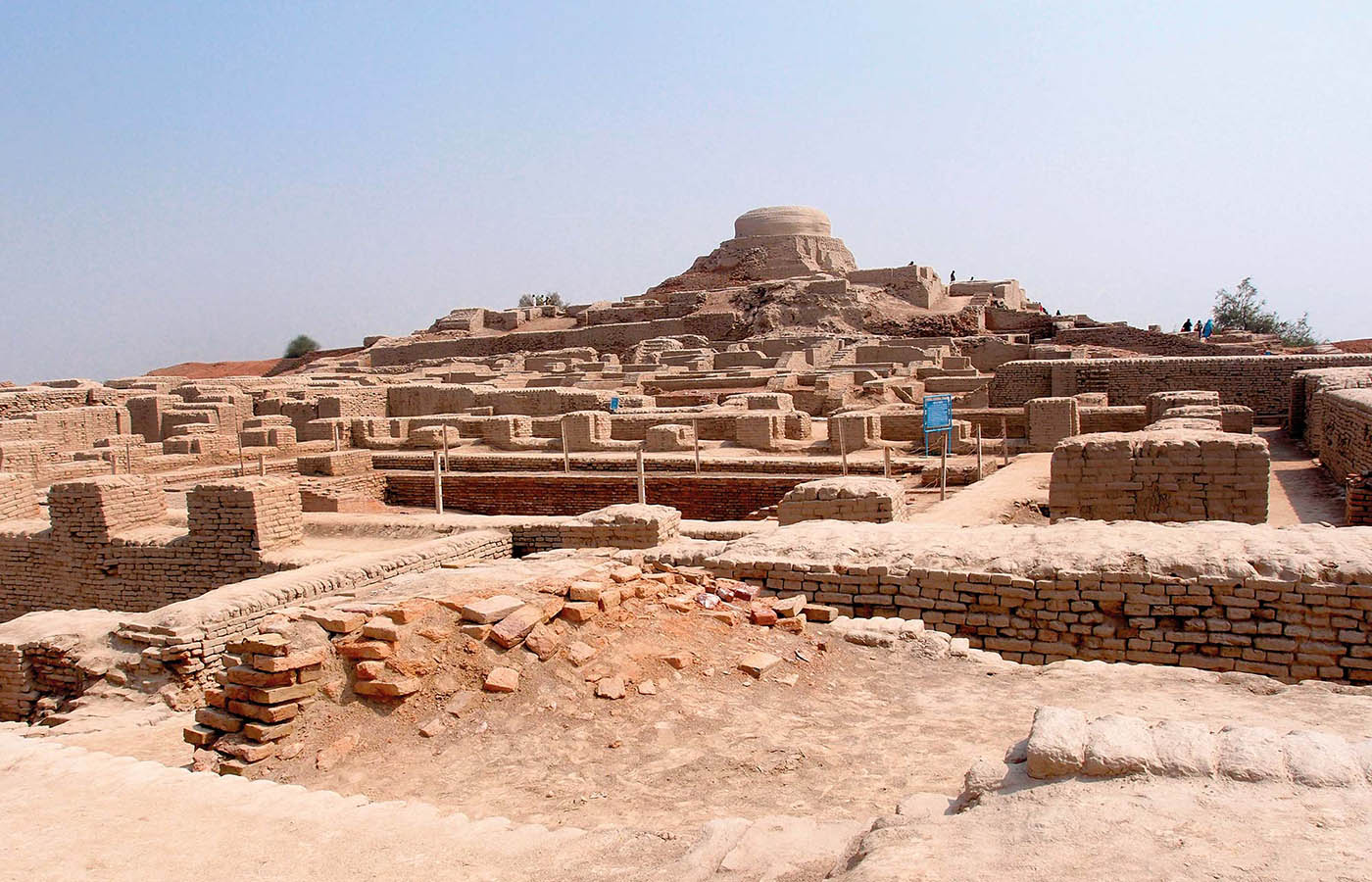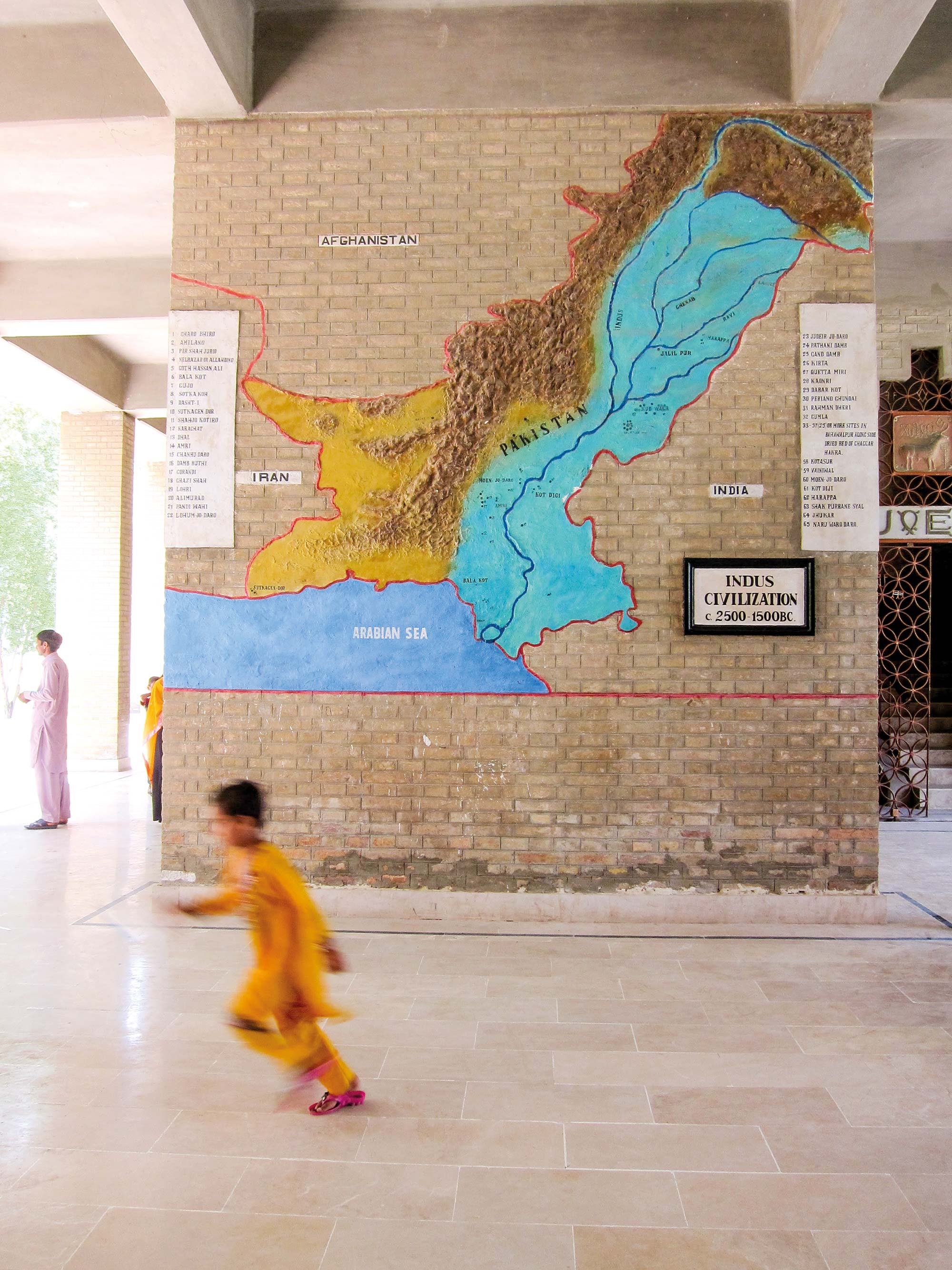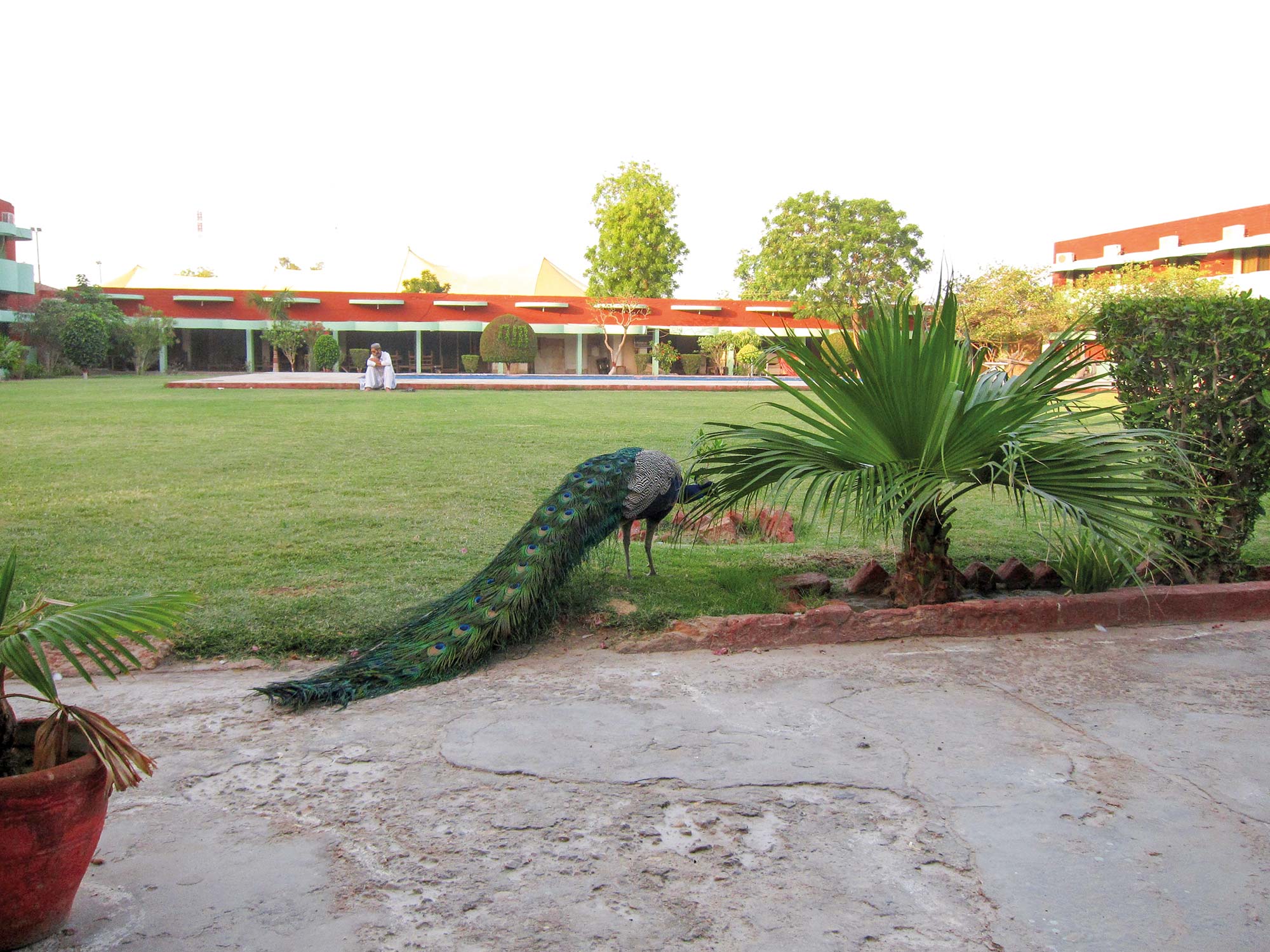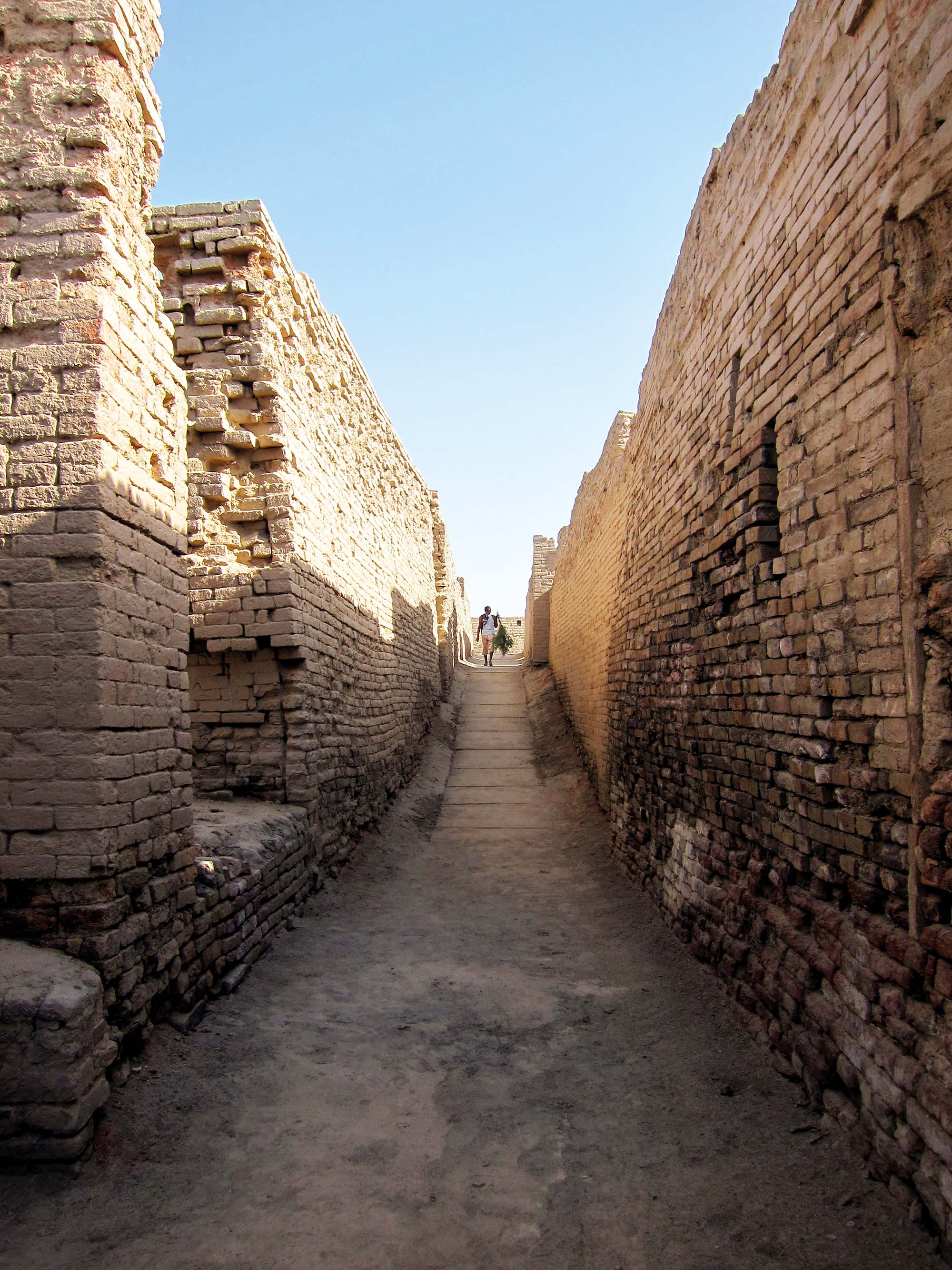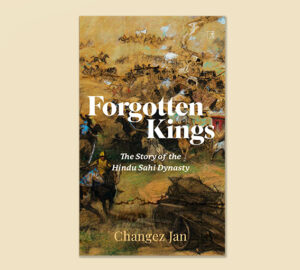Having had her interest piqued in Moenjodaro by listening to Neil McGregor’s BBC podcast on an ancient seal discovered at the site of one of the Indus Valley civilization cities, London-based Masume Hidayatallah makes a spontaneous trip to the archaeological site. A primeval town belonging to the same era, it offers quiet respite from Karachi’s regular big city social scene and allows the writer to rediscover a time which, for the most part, remains shrouded in mystery and romance.
Moenjodaro, Sindhi for “the Mound of the Dead Men” is the modern name for the archaeological site that was rediscovered in the early 1900s as one of the world’s earliest urban settlements of the ancient Indus Valley civilization. An area that is known to have been built during the third millennium BC and is now a UNESCO World Heritage Site, the city’s name itself evokes romance and mystery in spades.
Who occupied it, who or what did its inhabitants worship, what happened to its people and finally what ended life in this city, no one knows. Despite all advancements in scientific skills and studying ancient history, the place remains faceless.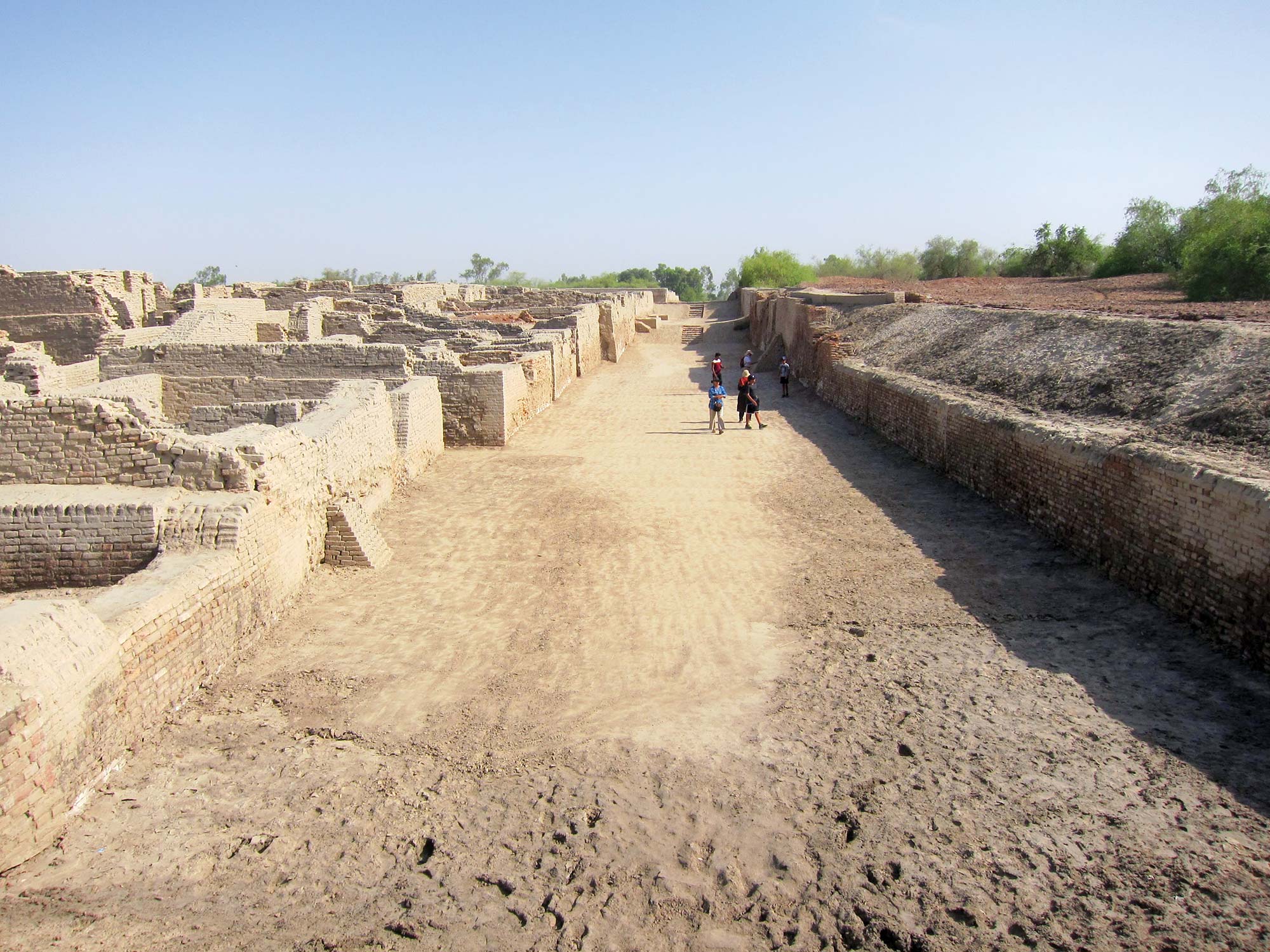
The opportunity to visit Moenjodaro with a group from New Delhi presented itself earlier this month via a briefly worded WhatsApp message from my Karachi host: “Do you want to join the V’s and A’s (two families visiting Karachi for the host’s wedding) on their trip to Moenjodaro, out 13th, back 14th?”
At the time I was multi-tasking whilst seated at my desk overlooking the London Eye thousands of miles away – preparing for a tough negotiation meeting, reflecting on sartorial choices for the upcoming festivities and on prandial pleasures (mozzarella or hummus for lunch?).
Moenjodaro visits are not a regular occurrence in life. Instead of “let me have a think about it”, an affirmative “yes” was returned via Whatsapp within five seconds. And the Facebook status was duly updated with “Moenjodaro here we come!” (In short, it read: sorry folks, unavailable for long lunches at Xanders or Patio!)
I had never met the two Delhi families and fully trusted my host that we would get on well. We were all travelling for a common cause (fun times at a friend’s wedding with an uber-cultural trip added for good measure), we’d each known our host since about 1985: what was not to like?
The reason for this unbridled enthusiasm about the trip was a fifteen-minute podcast that forms part of the History of the World in 100 Objects collection prepared in 2011 by Neil McGregor, the former director of the British Museum. The object chosen for the podcast is an ancient seal found at Harappa (another great ancient Indus city), part of the museum’s collection.
Richard Rogers, a legendary British modernist architect speaks on the podcast – he refers to the Indus civilization as the ‘start of civil society’.
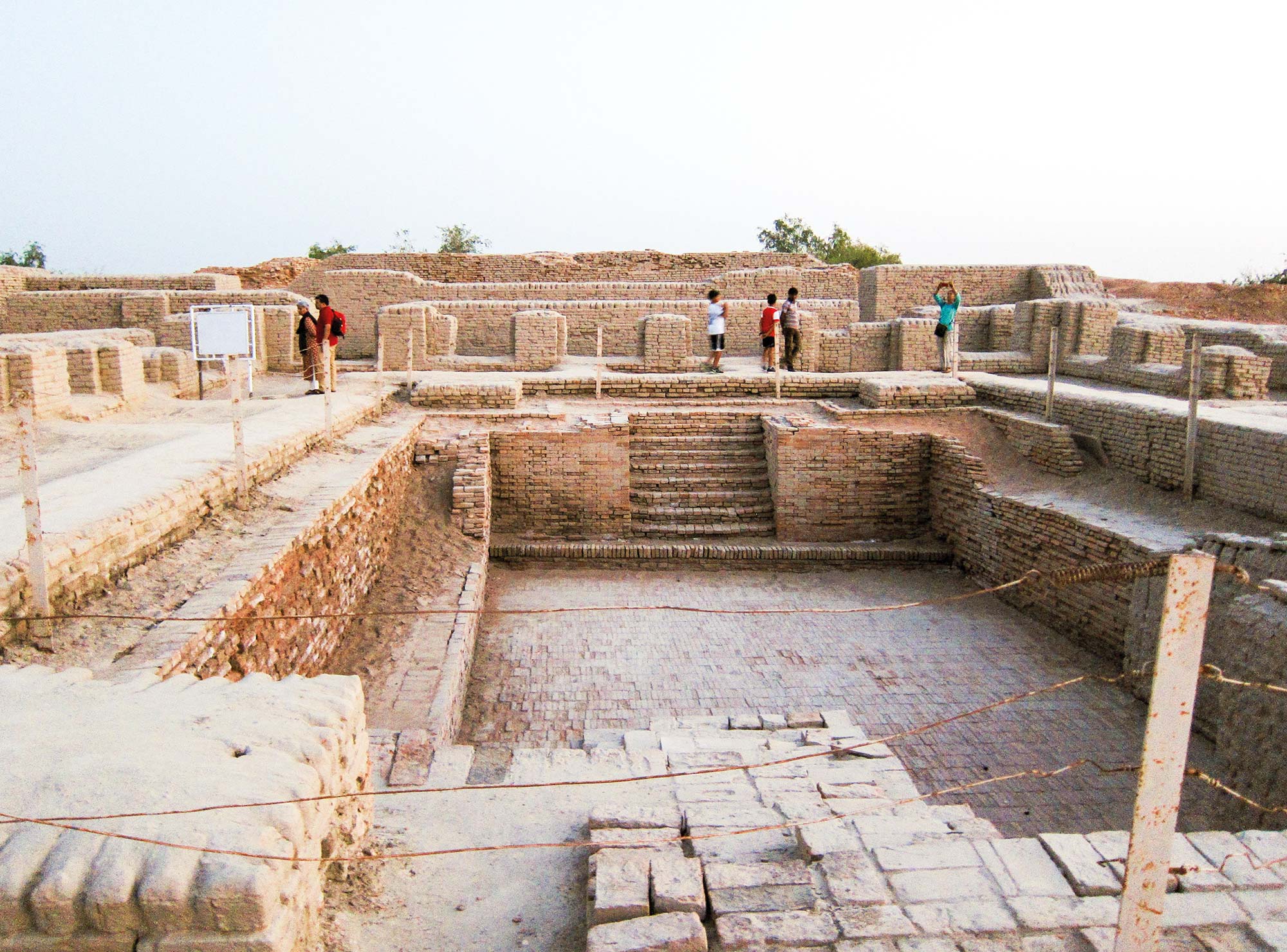
(For history and culture enthusiasts, here’s link to the program on the BBC website: http://www.bbc.co.uk/ahistoryoftheworld/about/transcripts/episode13/)
I was curious about what stood behind that civil society – albeit the ancient cities are long gone and the river now receded from the area.
After hearing the podcast and revisiting it frequently to hear again and again of the magic of this cradle of civilization, it was so easy to sweep away the faithless narratives of urban creatures heard over the years: “but it’s so hot and dusty”, “oh it’s just a pile of old stones”, “Karachi is so much more fun”, “Sindh is so dull” – not exactly waxing lyrical.
Moenjodaro was indeed calling.
Getting there, orientation, accommodation and additional itinerary suggestions:
PIA has an efficient one-hour service from Karachi to Moenjodaro, flying direct in a turbo-prop airplane. Its competent pilots and courteous, firm air stewardesses lose none of their charm on this internal hopper flight. One small niggle: there is no hot drinks service – once sorted, PIA will achieve perfection on this route.
From Moenjodaro airport it is a two-minute drive to the entrance of the ancient site precinct which includes an official Government of Sindh rest house and museum.
Good accommodation is available at the Sambarra Inn at Larkana – a forty-minute drive from Moenjodaro on an excellent road.
A newly improved road to Sukkur allows for fast car travel from Moenjodaro, however due to traffic in and around Sukkur city this is not an appealing option for a 24-hour stay.
An easier side trip from Moenjodaro is the 90-minute drive to the Bhutto family mausoleum at Ghari Khuda Bux, passing through beautiful Sindhi farmland and orchards that grow guavas, mangoes, sugar cane, vegetables and wheat.
Culinary delights:
The food of the region is robust and highly representative of its geography (the Indus river fish fried with the uniquely Sindhi mix of spices including crushed coriander seed, pomegranate seed and red chilli is memorable) and of its history (barbeque lamb which remains the legacy of Sindh’s Turkic invaders).
Meat and fish are cooked to perfection and relatively oil-free, vegetables are overcooked and come to the table drowning in oil and spice.
The default meal prepared is meat or chicken. Lentils are the default vegetarian dish; if they make you cringe make sure the kitchen is told in advance. It’s essential to order fish the previous day or many hours in advance of the meal, especially if dining at the Moenjodaro site’s rest house.
The soft chappatis use the local wheat (geyhun) and complement well the delicately spiced fish and meat dishes.
Having left Larkana at dawn to get an early start around the ruins, the rest house at Moenjodaro prepared breakfast for us.
Muharram Ali from Baltistan is the very talented head cook at the rest house – his breakfast included Sindhi potatoes (sliced thin, parboiled, spiced and lightly fried), Sindhi omelette and a large platter of artistically arranged fried eggs (one was not enough!) for those whose tastes favour the bland A robust (karak) tea and the sensuously grainy geyhun bread accompanied the meal. Heaven on a plate.

More of heaven came our way in the form of lunch at the rest house later the same day. Indus fried fish with said unique spice mixture; chicken korma with tomatoes; spicy fish cakes, rice cooked in stock with cloves and peppercorn and that unctuous bread at well over 250 calories per piece.
As a group we agreed to do more rather than less, a more restful 24-hour itinerary could include the site early in the morning, followed by lunch, followed by the museum and its grounds during the afternoon and a short 2km car journey to the Indus in the evening.
Our overseas guests saw Pakistan at its best: excellent service, food, communication and transport links, a clean environment and most of all the spectacular warmth and hospitality of Sindh to all its visitors.

I returned to London with a deep sense of nostalgia and an increased fondness for the land of my forefather. As I type this story here in the warm evening sunshine in Embankment Gardens, I am surrounded by tulips about to flower and office workers enjoying a relaxing moment in an oasis of calm in the middle of a busy European city. There is also a view of the top of an ancient carved obelisk transported from Egypt to London by the Victorians. I’m enjoying some raw sugar cane that travelled back with me to London.
The legacy of Moenjodaro is all around us: in the peace-loving people of Sindh, in the adventurous cooks of Baltistan and in the public parks of big cities around the world –whereever there is a civil society, there is a Moenjodaro.
Our local guide and culinary expert was:
Irshad Ali Solangi, Tourist Guide and Transport, Food Facilitator: [email protected]
Further reading and listening:
Moenjodaro Heritage of Mankind, Ihsan H Nadiem – purchased from Liberty Bookshop (may have to be requested)
https://en.wikipedia.org/wiki/Mohenjo-daro
Podcast on the Indus Seal in the British Museum’s collection:
http://www.bbc.co.uk/ahistoryoftheworld/objects/RRbS0YxzQQa88y_xkV1ADg
Must-dos & Must-sees
- Get a local guide – Irshad Ali Solangi (see details below) is highly recommended; a family man from Moenjodaro village who knows the local area, its environs and local food.
- A sunset walk around the Buddhist stupa – the walls of the ancient city as well as the stupa are bathed in a golden glow. Mosquito repellent and torch apps on smartphones will be needed as dusk descends.
- The Moenjodaro museum – with a breezy reception area at garden level where visitors stroll and children play in front of large maps of Pakistan and Iran, this area is a welcoming introduction to the site. The Hargreaves excavations of 1911-22 form the basis of the museum’s collection which includes utensils, jewellery, seals/trademarks and other aspects of everyday life in ancient Moenjodaro. Using innovative architecture, the lighting in the display cases derives from natural daylight from windows laced just above the visitor’s sight line.
- The museum’s ‘pocket’ park – the museum and its grounds offer superb people watching opportunities, busy even on weekdays with a festive holiday mood in the air, ideal for a picnic in a shady and discrete spot in the gardens.
- There are well-tended lawns, an avenue of flowering trees and an obelisk-type structure to commemorate the visit of ZA Bhutto and Reza Shah Pehlavi in 1976. Their images resemble Victorian daguerreotypes – faded prints of rulers who somehow identified their rule with the ancient civilizations of Persepolis and Moenjodaro.
- Dine at the Sambarra Inn Barbeque (outdoor) in Larkana – there is a beautiful outdoor garden for families, complete with fountains, play area and themed musical entertainment. The BBQ produces excellent grilled meat. There is also a large seating area (reclining on charpais) for single males. The entire place rocks.


